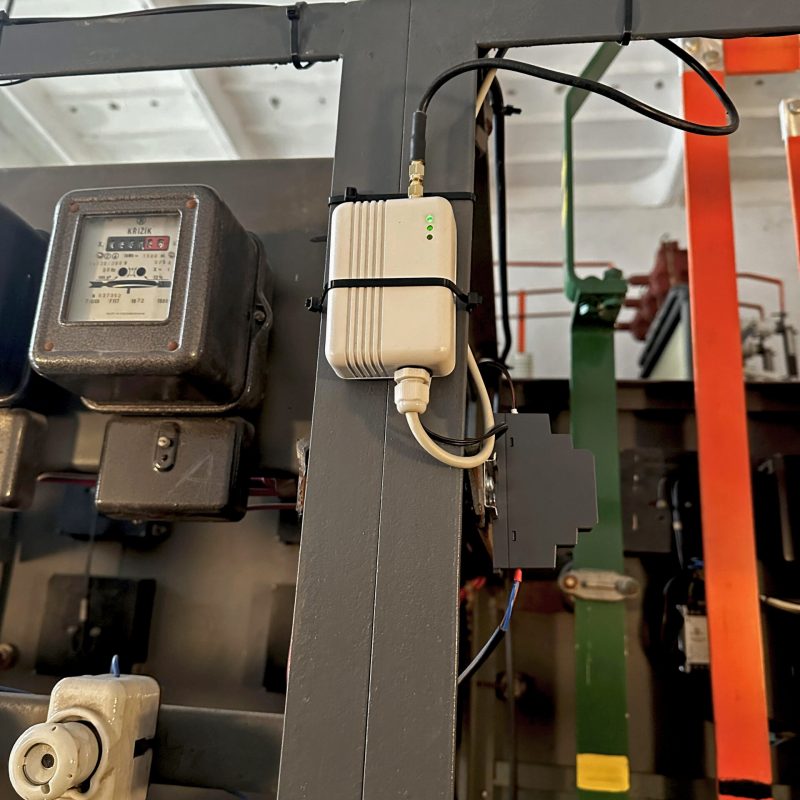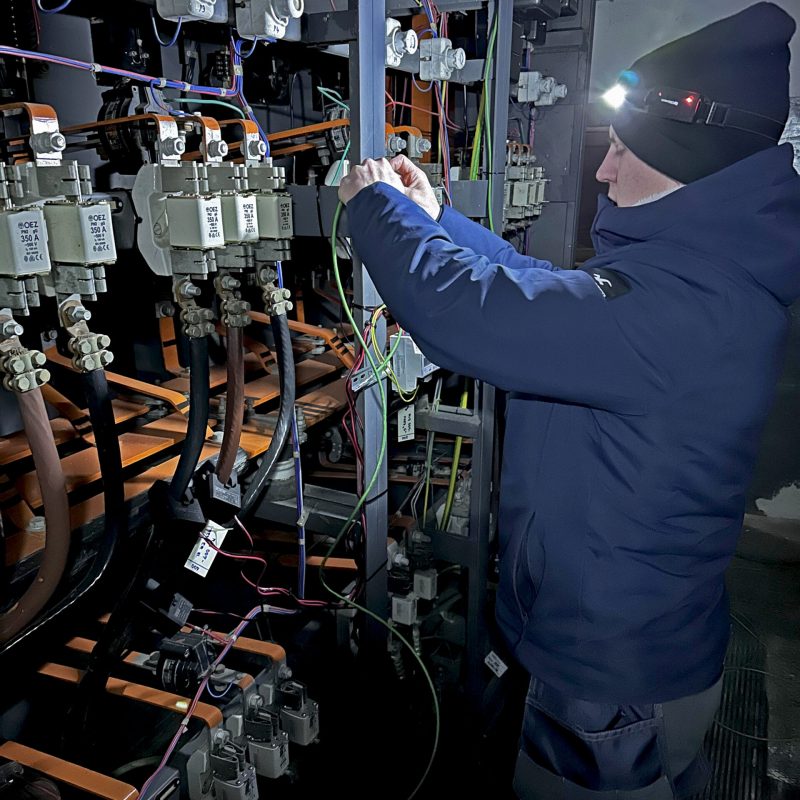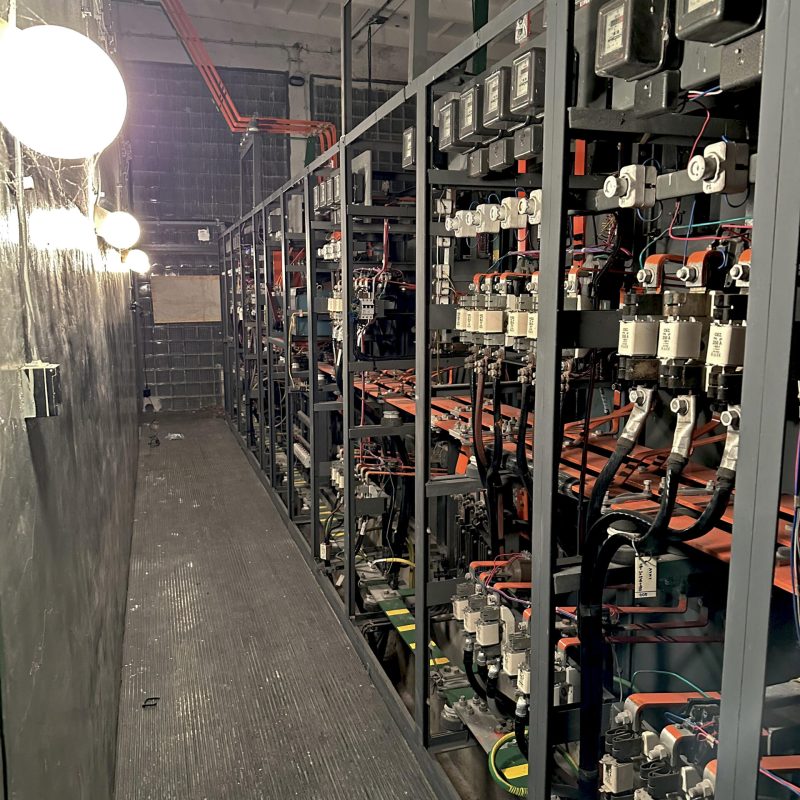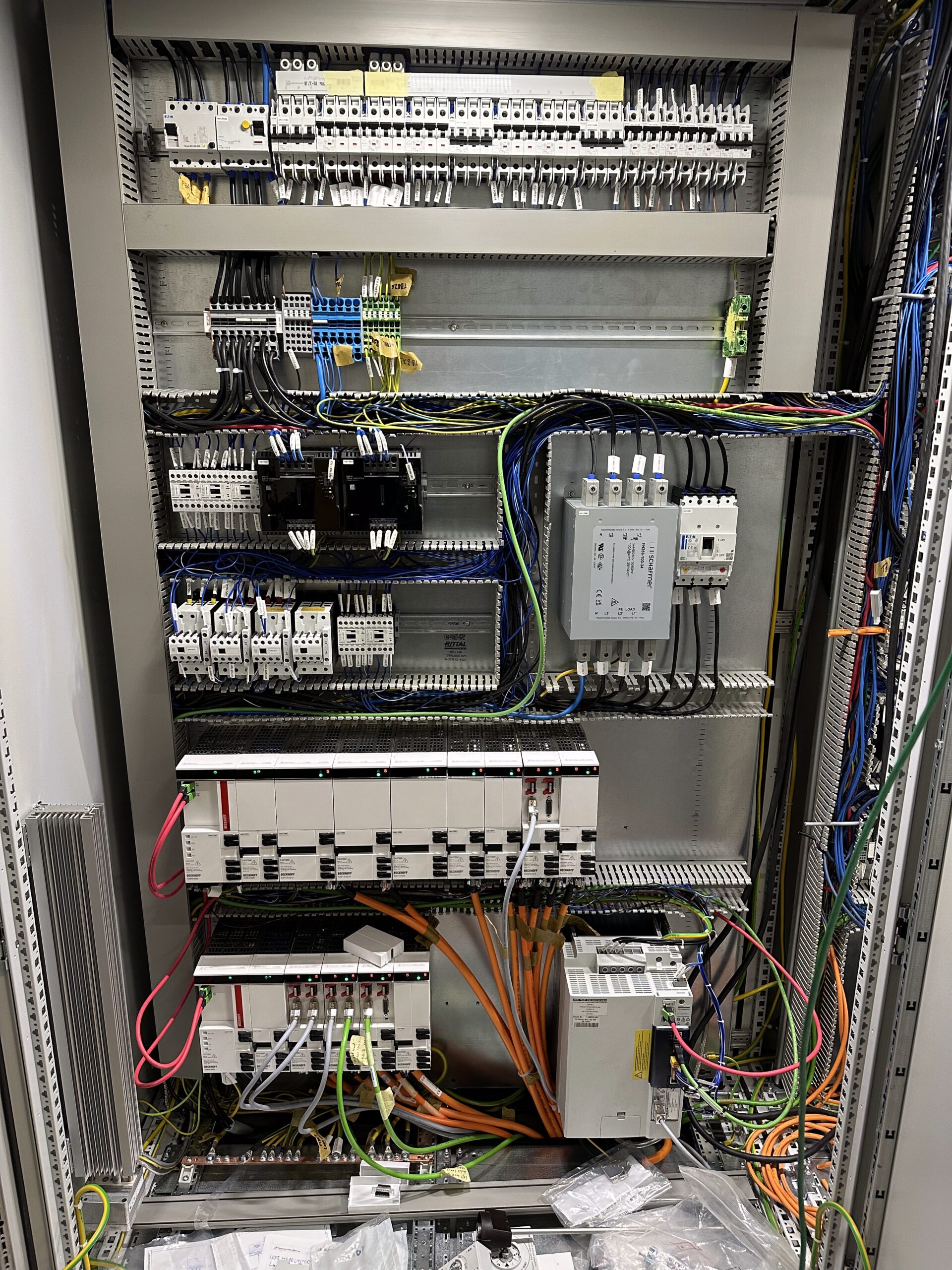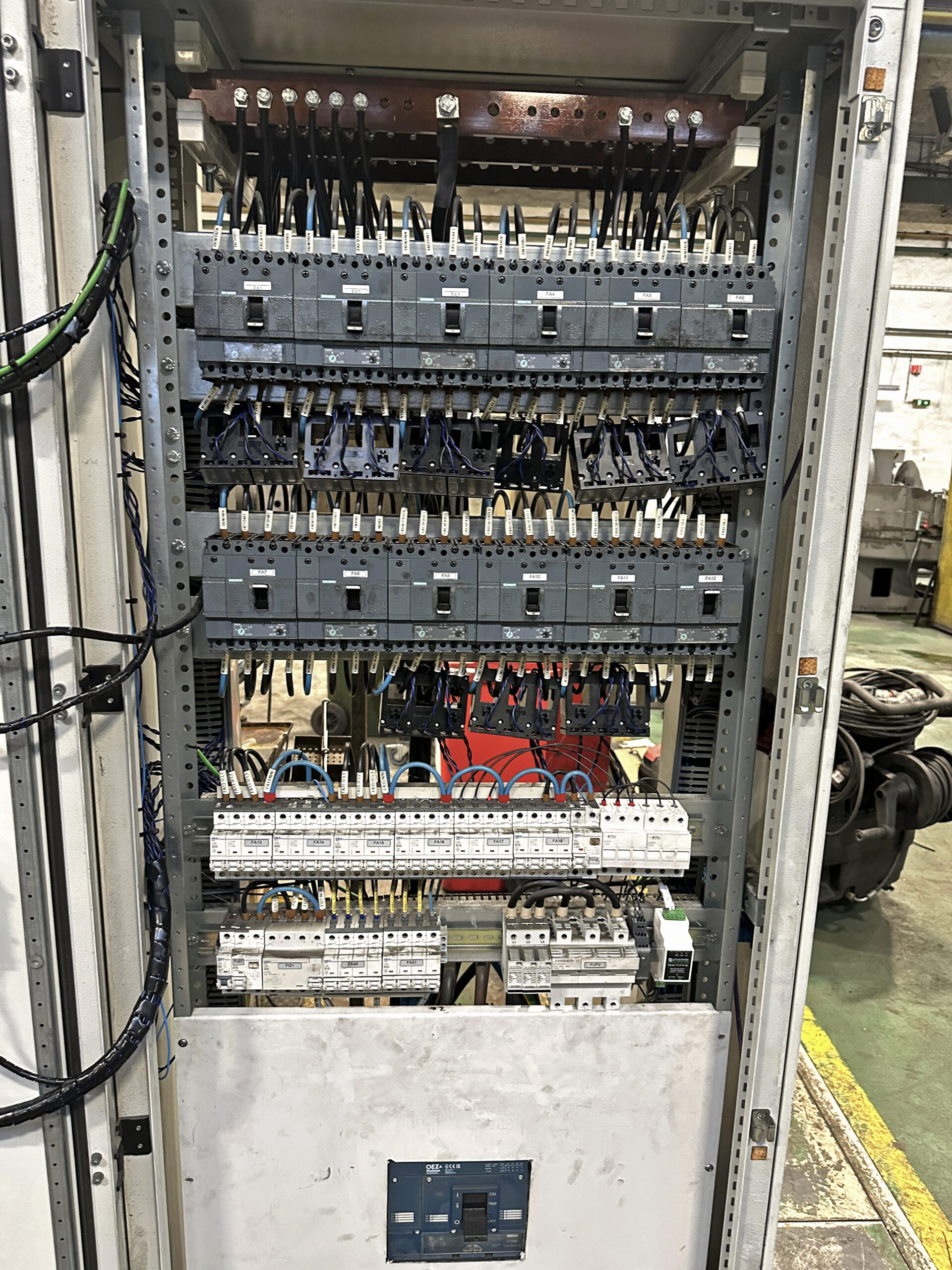Summary of the project
For our client in the public sector, which manages a large exhibition area, we implemented advanced integration of secondary electricity metering. The main objective was to gain a detailed overview of consumption across multiple buildings and facilities that are rented out for various events and exhibitions throughout the year. This is because accurate energy consumption data is essential for optimising operating costs and managing energy consumption efficiently.
The technical solution was based on the installation of metering units in the secondary (LV) part of the substations. This approach allows the measurement of electricity at a detailed level, so that consumption in different parts of the site can be accurately identified and analysed.
Number of measured points
Number of installed devices
Implementation
In total, we have implemented 14 measuring devices that use the Modbus RTU industrial protocol. These units are connected to a separate VLAN, while at the physical level communication is wireless – via Wi-Fi Access Points. The created VLAN is also connected via a VPN tunnel, which ensures secure and stable data transmission between the measuring devices and the central system.
The technical condition of the older substations as well as the continuous operation of the site had to be taken into account. For this reason, we carried out some of the installation work at night to minimize downtime and the impact on daytime operations. The project also included the calibration and configuration of metering equipment to achieve the highest possible accuracy of measured values.
Results
A comprehensive software system was developed to process and visualise the acquired data, providing users with an online overview of the status of the power grid. In addition to monitoring, it also offers analytical functions aimed at predicting consumption trends and monitoring the MRK (Maximum Reserved Capacity) at 15-minute intervals. This enables the utility to react in real time to changes in network load and ensure that average power consumption does not exceed agreed limits, contributing to cost reduction and efficient management of energy resources.
